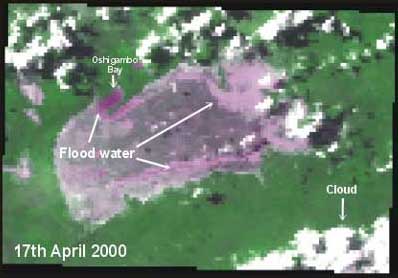Issue No. 51

1092-5481
| May-June 2002, Issue No. 51 |
 |
ISSN: 1092-5481 |
![]()
The November/December 2002 issue of the Arid Lands Newsletter, ALN No. 52, will focus on the theme of "Using geospatial technologies to develop participatory tools for natural resources management."
Remote sensing and Geographic Information Systems offer powerful tools for researchers, but if their full potential is ever to be reached, they also need to be used to produce participatory tools that include serious input from, and that can easily be used by, "on-the-ground" land managers, stakeholders, and residents of arid lands. In other words, such tools would help promote "bottom-up" rather than "top-down" management and use of resources. What is being done to enable this to happen? Case studies of projects in which such participatory tools are being actively developed are particularly welcome, as are articles exploring development of community-based tools (for example, participatory GIS or PPGIS).
Proposals for papers, comments, suggestions for possible authors, suggestions for resources (web, paper, CD-ROM etc.) to be included, etc. are welcome. Please send your suggestions to Katherine Waser, Editor, Arid Lands Newsletter.